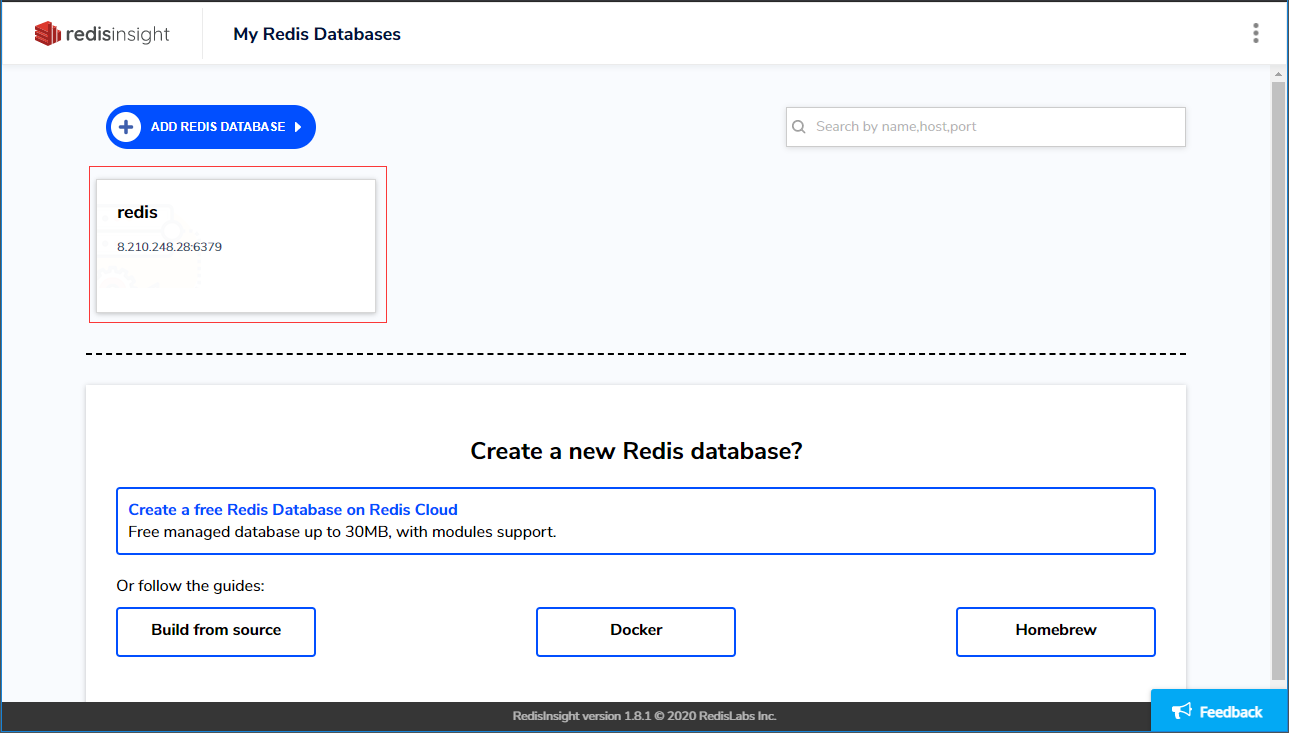Homebrew is a popular package management system for Mac OS. It’s extremely easy to install and manage Redis using Homebrew. If you have Homebrew installed on your Mac, you could run the following commands to install, run, and stop Redis. Install Redis brew install Redis. Mac Homebrew (RVM/MySQL/Redis) setup. Follow the steps below to setup a local development environment: XQuartz. Recommended to download latest XQuartz. Recommended to download iTerm2 and use in place of the default Terminal.app that comes with OSX.

Using Homebrew will save you lot of times in setting up and configuring the development environment on macOS.
If you don’t have it in your Mac, try installing using the guideline here.


Homebrew complements macOS (or your Linux system). Install your RubyGems with gem and their dependencies with brew. “To install, drag this icon” no more. Homebrew Cask installs macOS apps, fonts and plugins and other non-open source software.
Optional:
If you don’t update your packages for a long time. Update them using:
Those 2 commands may take time. Please take your coffee (or run them later when you have time).
Install Redis
Start Redis
Run Redis as a background service
And stop it
If you don’t want/need a background service you can just run:

You can configure for Redis by editing the configuration file in
Homebrew Redis Logs
And start Redis with the configuration file as:
Redis Homebrew App

Interact with Redis
When Redis is running, you can interact with it via redis-cli.
Test if Redis is running
It will reply PONG.
All commands to use with redis-cli can be found here.
Command I usually use when debugging: Clear all data
Homebrew Redis Start
Uninstall Redis
Redis Homebrew Download
Remember to remove the plist file also.
